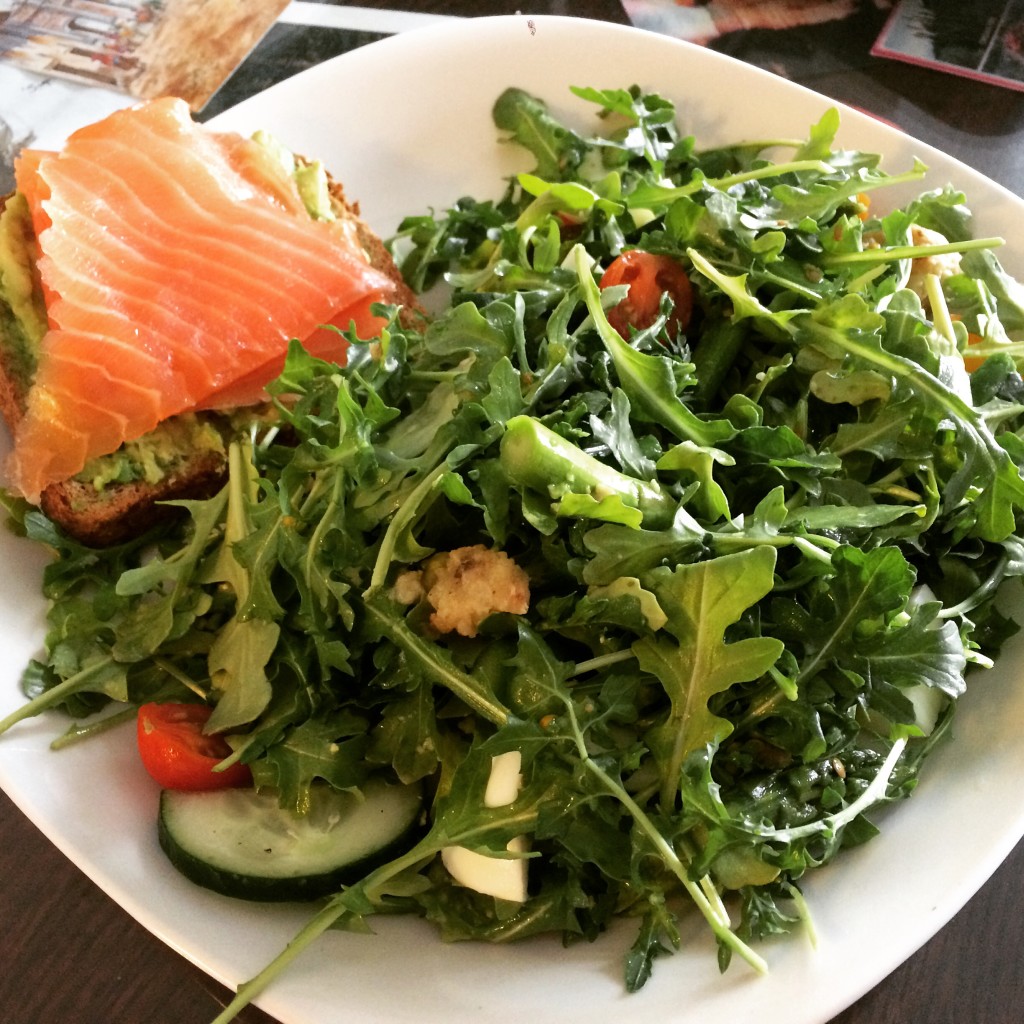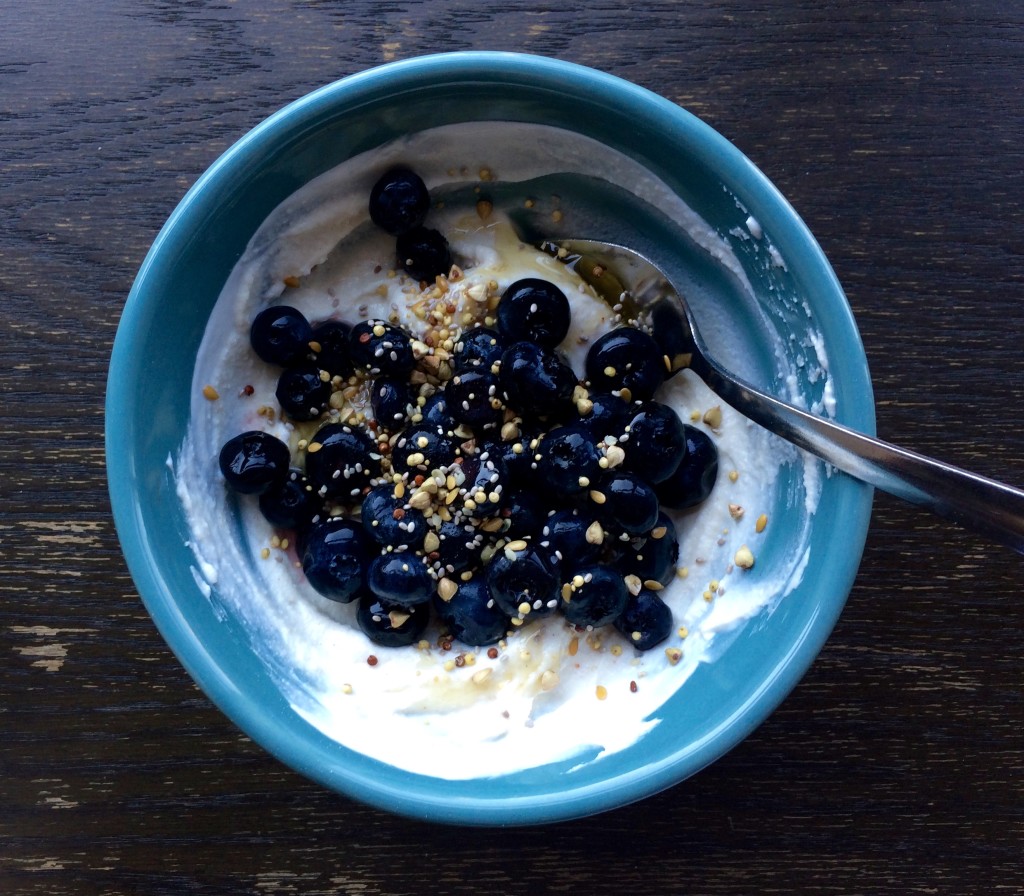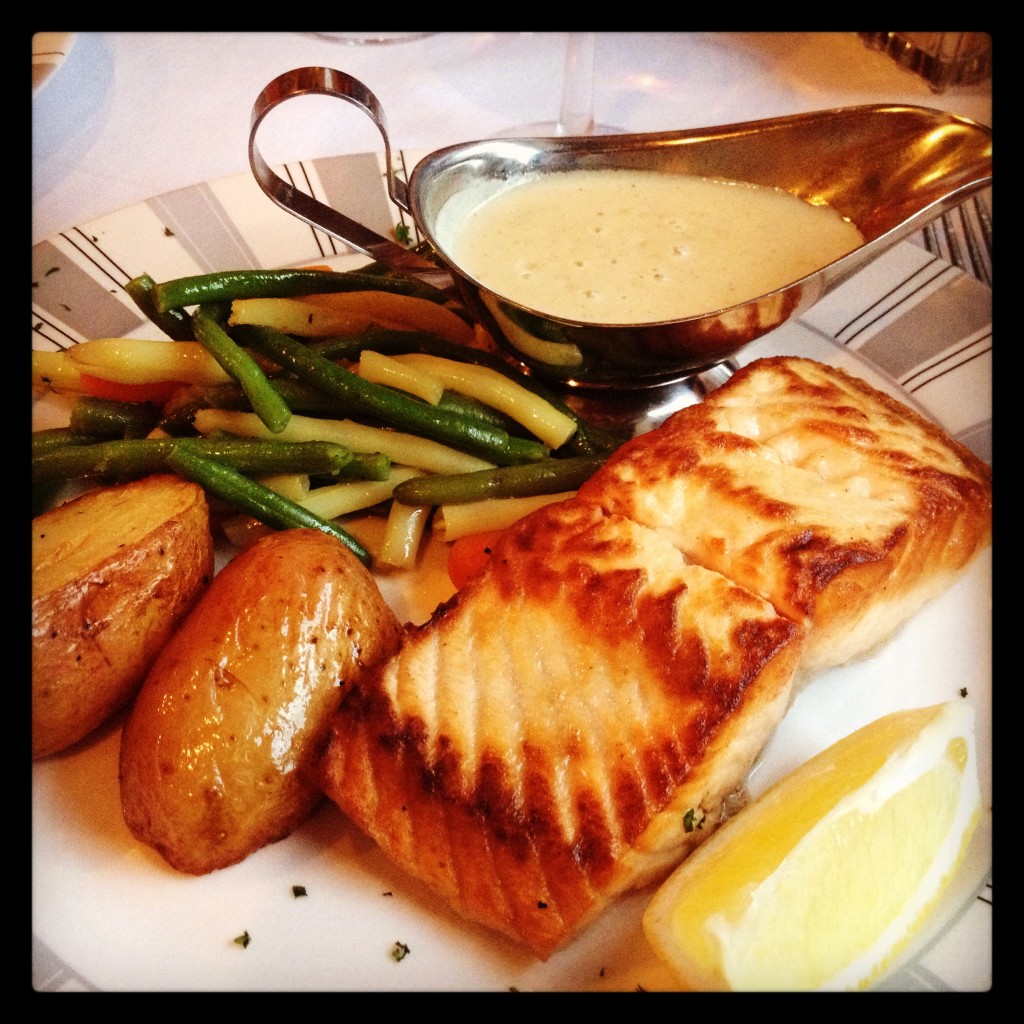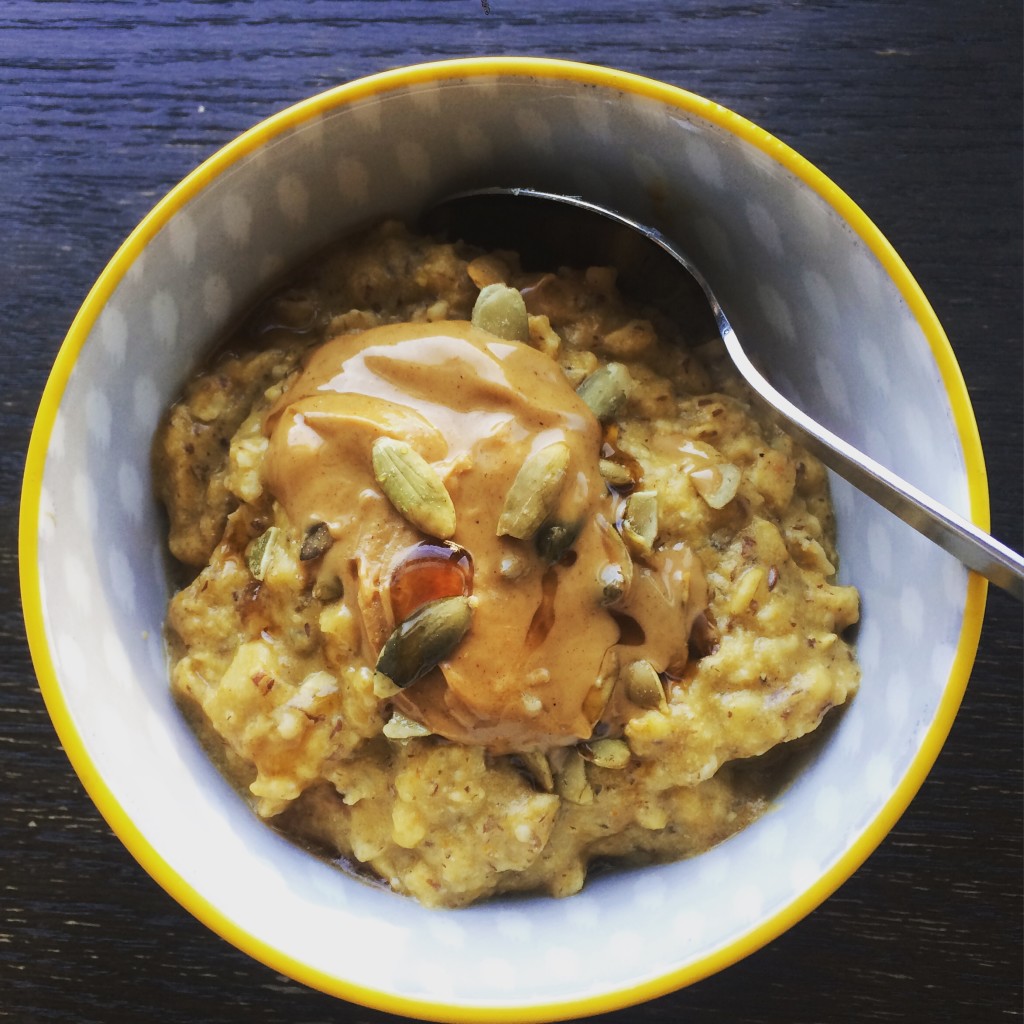Today’s post is sponsored by AlgaeCal.
There’s so much info out there about what the “best” diet is, or the “best” workout for xyz, but the truth is that we’re all so different, it’s important to prioritize your unique needs and adapt accordingly.
I talk with my clients a lot about how what you eat can support or undermine your fitness goals. While some things apply to all of us (for example, don’t undereat and overtrain), the specific plans we thrive on can vary from person to person. I learned this one the hard way in my early twenties, when I was attempting to follow a boyfriend’s vegetarian diet, even though it wasn’t the right fit for me (note to my younger self: changing your diet for a guy is a losing game). I was also banging out cardio and neglecting strength training because I was too shy to ask someone to show me how to do different workouts. I’ll be honest—at 22, 23, I was way more concerned with burning than calories than with taking care of my skeleton.
So what happened? I wound up with vitamin deficiencies and a painful yoga injury (I’m still afraid of side-crow) that took months to heal. Repairing bones takes a long time, and getting the proper nutrition helps you avoid injury. If I could take back those sleepless nights and all those weeks where I could barely hold a pen much less write anything down, I would, but instead, I’ll just call it an education.
Running is one of the first sports my clients mention when they talk about wanting to get more active. There are tons of mental and physical benefits to running. However, as with any form of exercise, you want to avoid common injuries, which can range from annoying to debilitating. One of the most serious: a stress fracture, usually in the shin, foot, or, in more rare cases, the femur or pelvis. A stress fracture is caused by continuous strain placed on the bone (think: continually pounding the pavement while jogging). Common risk factors include:
- overtraining
- low estrogen levels
- nutrient deficiencies
- inadequate calorie intake.
Stress fractures are more common in women than in men, but they can happen to anyone and typically require anywhere from eight to sixteen weeks of rest to heal. Wearing the proper footwear and following a running routine that allows time for adequate recovery are key, but what you put in your mouth also counts when it comes to preventing injury. Prioritize these important nutrients to reduce your stress fracture risk.
Calcium
When it comes to bone health, calcium tends to get the most attention—that’s for good reason. This mineral is essential for muscle, nerve, and hormone function, and bone health. The body likes to maintain a stable serum calcium level, so when we’re low in calcium, the body will take calcium from the bones to continue functioning (aka resorption). This can lead to weakening of the bones and increased fracture risk.
Women under 50 need 1000 mg, then 1200 mg after age 50. Men under 70 need about 1000 mg per day and 1200 mg per day from 71 on. For serious athletes, needs may be higher, but exact recommendations vary. Talk to your doctor if you need guidance.
Dairy products like milk, yogurt, and cheese may be the best known food sources, but there’s also calcium in plants: try broccoli, bok choy, kale, and tofu. Spreading your intake through the day can help you meet your needs, but if you have a hard time getting enough from food, a calcium supplement can help you cover your bases. If you want more info on non-dairy calcium, check out my post over on Food & Nutrition Magazine’s Stone Soup blog.
Studies involving athletes and those with very physically demanding jobs such as Army and Navy recruits have associated low calcium and vitamin D intake with increased stress fracture risk. In some studies, supplementation helped reduce risk.
Vitamin D
A key nutrient for muscle and nerve function and for supporting proper immune system function, vitamin D also helps the body absorb calcium. A vitamin D deficiency may contribute to stress fracture by impairing calcium absorption, causing the body to leach it from the bones.
Adults under 70 and under require 600 IU per day, and 800 IU per day after age 71. Needs may be higher in athletes and those with very physically demanding occupations, so ask your doctor about whether to aim higher.
Vitamin D is most commonly found in fatty fish like salmon, sardines, and mackerel, as well as in beef, liver, cheese, and egg yolks. Mushrooms have a tiny amount. Because most of the US dairy supply is fortified with vitamin D, if you don’t consume dairy, you’re missing out on this source. If you find it hard to meet your needs, consider a supplement.
The body can also synthesize vitamin D from exposure to sunlight (a big part of why people who live in the northern hemisphere are more likely to be deficient), but that’s no license to bake on the beach, sans sunscreen—not worth the increased skin cancer risk.
Magnesium
Magnesium is another essential nutrient. A cofactor for over 300 body processes, it’s involved in proper muscle and nerve function, blood pressure regulation, and blood sugar management. It’s also important for building strong bones. While severe deficiency is uncommon, it can contribute to low calcium levels.
Women ages 19-30 need 310 mg per day and 320 mg per day ages 31 and up. Needs are increased slightly during pregnancy (350-360 mg depending on age) and lactation (310-320 mg). Men ages 19-30 require 400 mg, men 31 and older need 420 mg per day.
Find magnesium in green leafy vegetables, such as spinach, legumes, nuts, seeds, and whole grains. If you find you’re unable to meet your needs from food, supplements are available.
Potassium
Potassium is a mineral that’s important for proper muscle and nerve function (including heart rate) as well as maintaining normal growth and protein building—key to recovery from workouts. Potassium and calcium work together in the body, so adequate potassium intake is key to avoiding calcium resorption from the bones.

Adults aged 19 and up require about 4700 milligrams of potassium per day. That may sound like a lot, but many foods contain potassium. Vegetables like broccoli, peas, tomatoes, potatoes, sweet potatoes, and winter squash are all good sources of potassium (Sweet potato toast, anyone?). High-potassium fruits include oranges, cantaloupe, bananas, kiwi, avocado, prunes, and apricots. Meat, poultry, and fish are good sources of potassium, as are milk, yogurt, and nuts.
Remember: You’re the expert on you.
If something doesn’t feel right, talk to a healthcare professional.
Have you ever suffered a sports-related injury?
**Today’s post is sponsored by AlgaeCal. I was compensated for my time to share my thoughts about diet and bone health. Opinions are my own.
*
*
This has been another installment of the Running with Spoons Thinking Out Loud link party, where randomness is the name of the game. Thanks to Amanda for hosting.

**This post may contain affiliate links.



